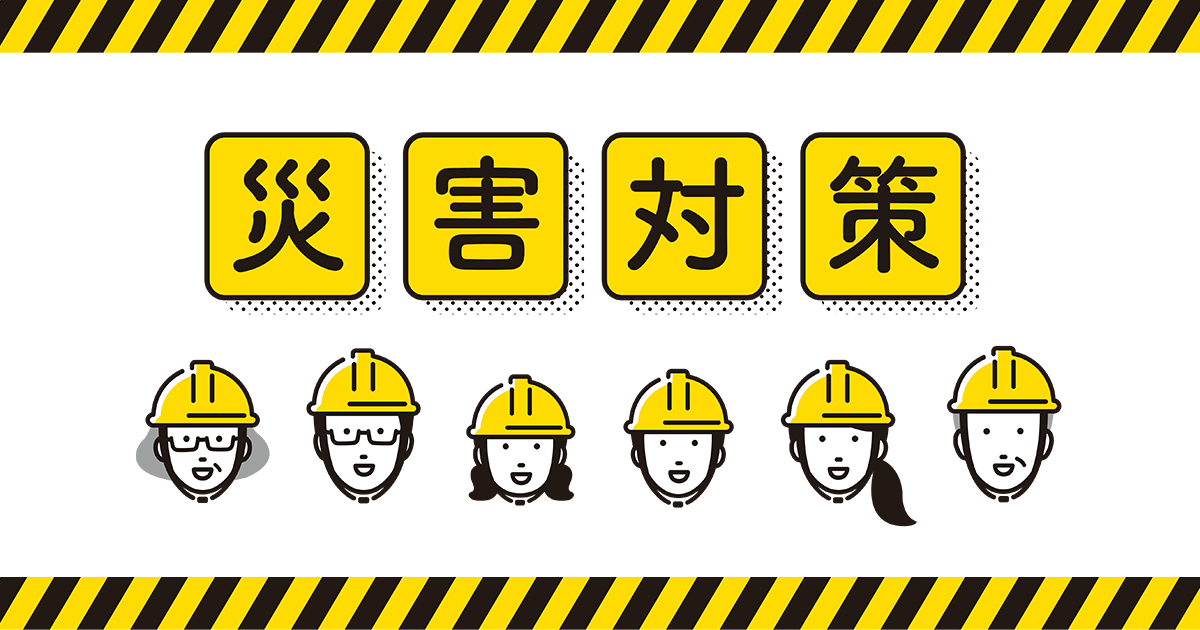意訳お願いします;
8.3.5 Inversion with Straightedge and Compass
All the results above are theoretical, and can be very useful in constructing a proof, but
if you actually have to draw the inverse of a line or a circle, how do you do it?
If the result is a line, simply select two points on the line or circle that is to be
inverted and invert them as described in Section 8.2. Then connect those two points
with a line.
If the result is a circle, simply invert three different points, and you will be left with
three points that must lie on the required circle. The intersection of the perpendicular
bisectors of the segments connecting the points is the center of the required circle.
Of course if you are using Geometer, just use the built-in inversion commands:
VC=>V Inv, LC=>C Inv and CC=>C Inv. Since both lines and circles usually go to
circles, Geometer assumes that the result is always a circle; if the result is a line, what
is drawn is effectively an in�nitely large circle.

























お礼
そぉれだぁぁぁあ ありがとうございます